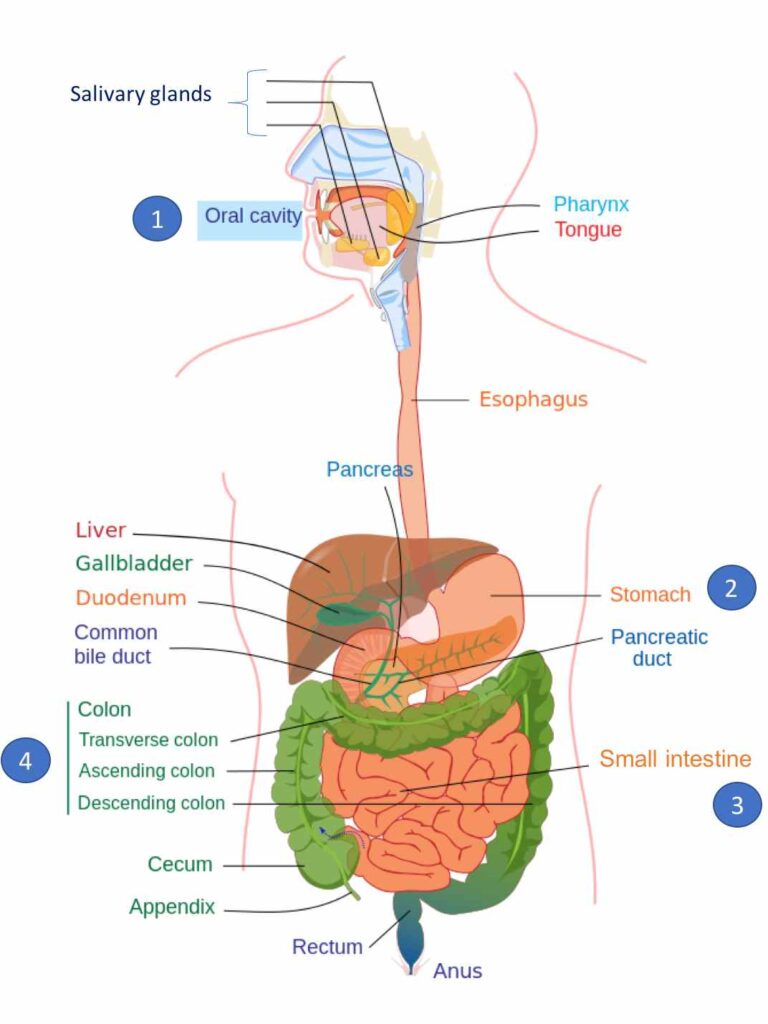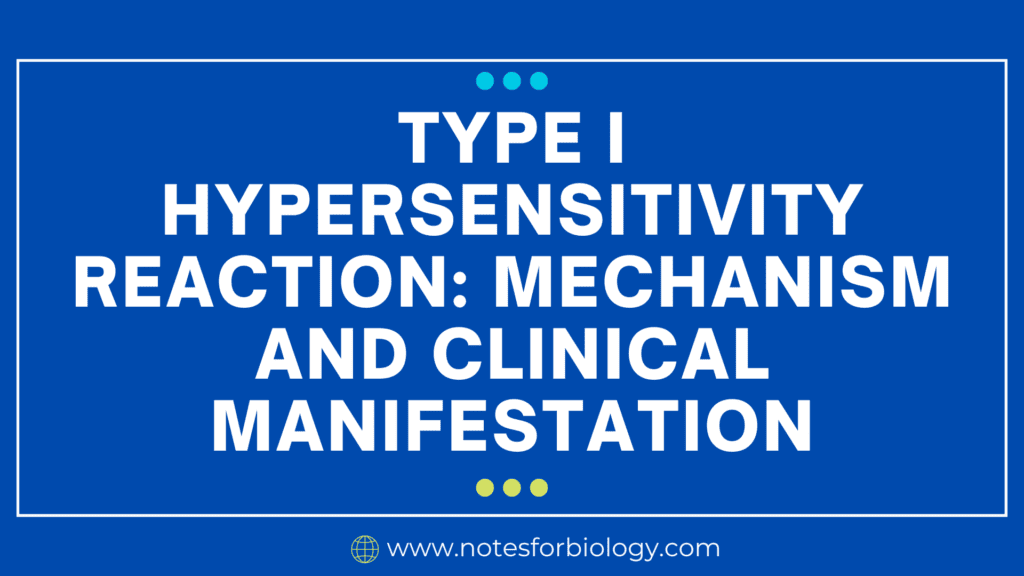Introduction
Chemical digestion is the enzymatic and chemical breakdown of food molecules into small, simpler units that the body can absorb and use. The process of digestion is essential for converting complex macromolecules in food into simpler forms that the body can absorb and utilize. While mechanical digestion breaks food into smaller particles, chemical digestion involves enzymatic actions that break down macronutrients carbohydrates, proteins, lipids, and nucleic acids into their building blocks. Various enzymes secreted by the salivary glands, stomach, pancreas, and small intestine facilitate this biochemical transformation.

Each type of macronutrient requires specific digestive enzymes that act in distinct locations of the gastrointestinal tract. Understanding this process provides insight into how nutrients are metabolized and utilized for energy production, growth, and cellular function.
Summary of Chemical Digestion
- Chemical digestion is the process that transforms food into vital nutrients, fueling energy, growth, and survival.
- Enzymes act like microscopic workers, breaking down complex molecules into essential components that power every heartbeat, thought, and movement.
- Without this intricate system, our bodies wouldn’t absorb life-sustaining nutrients making every meal a biochemical masterpiece.
Table of Contents
Chemical Digestion of Carbohydrates

Carbohydrates serve as the primary energy source for the body. They exist in various forms, such as monosaccharides (glucose, fructose), disaccharides (sucrose, lactose), and polysaccharides (starch, glycogen). The digestive system employs several enzymes to hydrolyze complex carbohydrates into absorbable monosaccharides.
1. Digestion in the Mouth
- The process begins in the oral cavity, where salivary amylase (also known as ptyalin) is secreted by the salivary glands.
- Salivary amylase initiates the breakdown of starch into maltose and dextrins.However, this enzyme remains active only for a short duration before stomach acids neutralize it.
2. Digestion in the Stomach
- No significant carbohydrate digestion occurs in the stomach due to the highly acidic environment.
- The acidity (pH around 1.5-3.5) denatures salivary amylase, ceasing starch breakdown.
3. Digestion in the Small Intestine
- The pancreas releases pancreatic amylase into the small intestine, continuing the digestion of starch into maltose and maltotriose.Further enzymatic digestion occurs at the brush border of the small intestine, where disaccharidases break down disaccharides into monosaccharides:
- Maltase converts maltose into glucose.
- Sucrase hydrolyzes sucrose into glucose and fructose.
- Lactase breaks down lactose into glucose and galactose.
- These monosaccharides are absorbed into the bloodstream via active transport and facilitated diffusion.
Chemical Digestion of Proteins
Proteins are crucial for building and repairing tissues. They are composed of long chains of amino acids linked by peptide bonds. Enzymatic digestion of proteins involves proteases (or peptidases) that hydrolyze peptide bonds.
1. Digestion in the Stomach
- Pepsin, the primary gastric enzyme, begins protein digestion.
- Pepsin is secreted as pepsinogen, an inactive precursor activated by hydrochloric acid (HCl).
- It breaks proteins into polypeptides and small peptides.
2. Digestion in the Small Intestine
The pancreas secretes proteolytic enzymes into the small intestine:
- Trypsin (activated from trypsinogen) hydrolyzes peptides into smaller fragments.
- Chymotrypsin (activated from chymotrypsinogen) further breaks down polypeptides.
- Carboxypeptidase cleaves amino acids from the carboxyl end.
- At the brush border, aminopeptidases and dipeptidases complete digestion, producing free amino acids.
- These amino acids are absorbed into intestinal cells and transported into circulation.
Chemical Digestion of Lipids
Lipids (fats) are vital for energy storage, cellular integrity, and hormone production. Because lipids are insoluble in water, their digestion involves emulsification by bile salts followed by enzymatic breakdown.
1. Digestion in the Stomach
- Lingual lipase (secreted in the mouth) and gastric lipase (produced in the stomach) begin lipid digestion.These enzymes primarily act on short-chain triglycerides, converting them into glycerol and free fatty acids.
2. Digestion in the Small Intestine
The liver secretes bile, stored in the gallbladder, which emulsifies fats into smaller droplets.
- The pancreas releases pancreatic lipase, which hydrolyzes triglycerides into monoglycerides, glycerol, and free fatty acids.
- These lipids form micelles, which facilitate absorption in intestinal cells.
- Inside the enterocytes, lipids are reassembled into chylomicrons, transported via the lymphatic system.
Chemical Digestion of Nucleic Acids
Nucleic acids (DNA and RNA) are present in all cells and must be broken down to be absorbed.
1. Digestion in the Small Intestine

- The pancreas releases nucleases:
- Deoxyribonuclease (DNase) hydrolyzes DNA into nucleotide fragments.
- Ribonuclease (RNase) breaks RNA into smaller components.
- Brush border enzymes (nucleotidases and nucleosidases) further break down nucleotides into nitrogenous bases, pentose sugars, and phosphate groups, which are absorbed.
Conclusion
Chemical digestion is a complex but highly efficient process that ensures macronutrients are broken down into their simplest forms for absorption. Each type of nutrient carbohydrates, proteins, lipids, and nucleic acids undergoes hydrolysis through specific enzymatic reactions in different parts of the digestive tract. The coordinated action of digestive enzymes and accessory organs ensures optimal nutrient absorption, supporting overall metabolic functions.
Frequently Asked Questions (FAQs)
What is chemical digestion?
Chemical digestion is the use of enzymes, acids, and bile to break large food molecules into smaller units (like sugars, amino acids, and fatty acids) so they can be absorbed and properly used by the body.
How are carbohydrates broken down?
Carbohydrate digestion starts in the mouth with saliva’s amylase. It pauses in the acidic stomach and then resumes in the small intestine with pancreatic amylase and brush-border enzymes (maltase, sucrase, lactase). By the end, carbohydrates are converted to simple sugars (glucose, fructose, galactose) ready for absorption .
How do fats get digested?
Fats start digesting with lingual lipase (in saliva) and gastric lipase (in the stomach). In the small intestine, bile salts emulsify fat droplets into micelles. Pancreatic lipase then breaks these into fatty acids and monoglycerides, which are absorbed and packaged into chylomicrons for transport.
Related Articles




